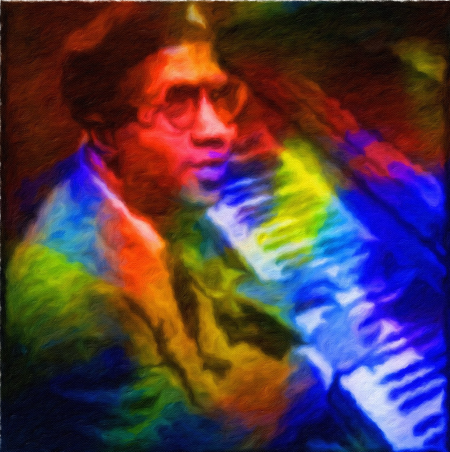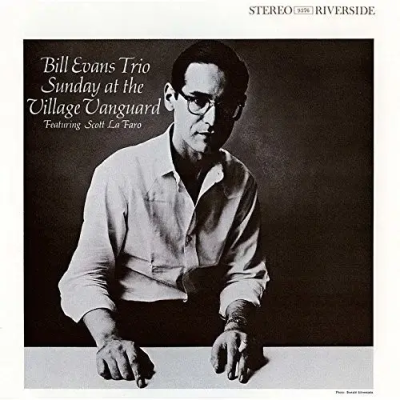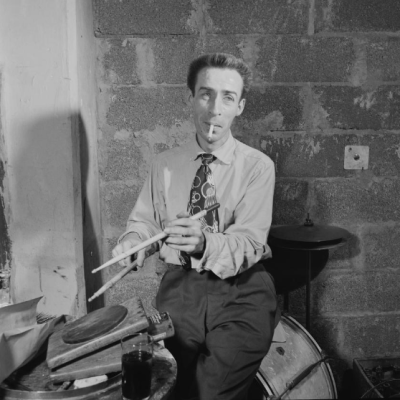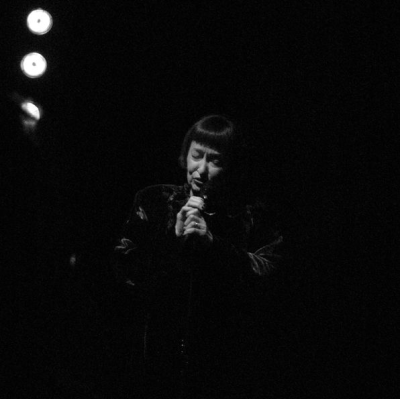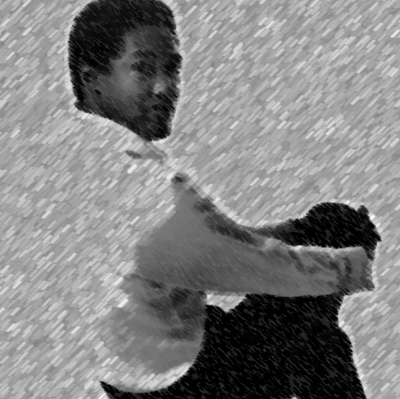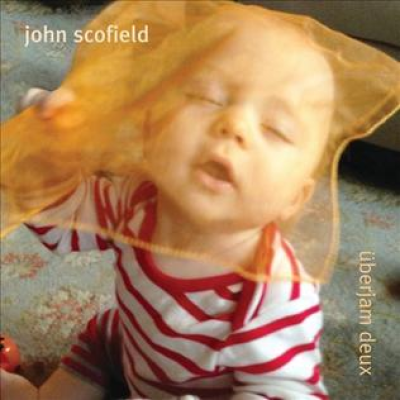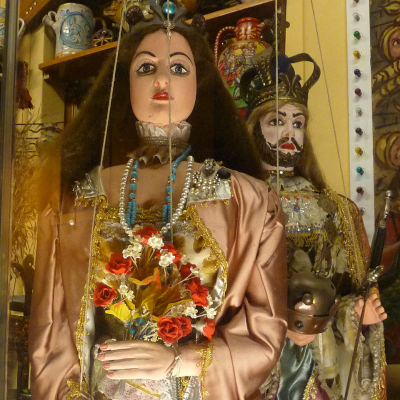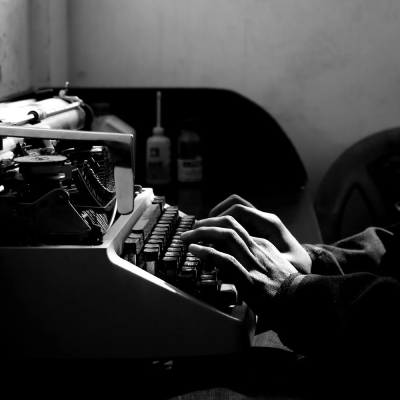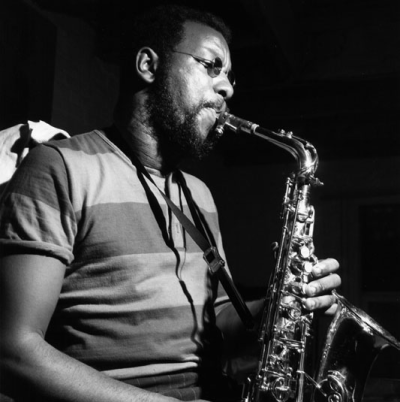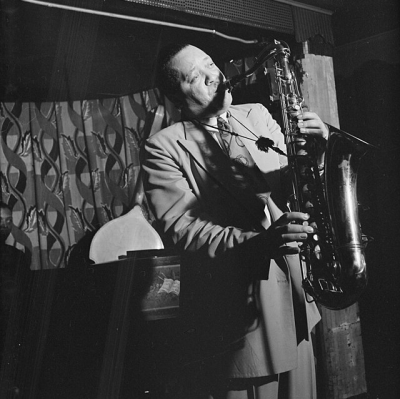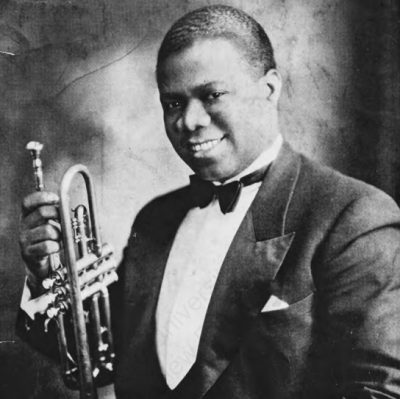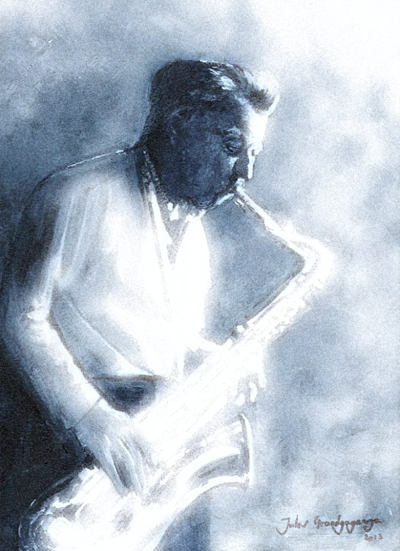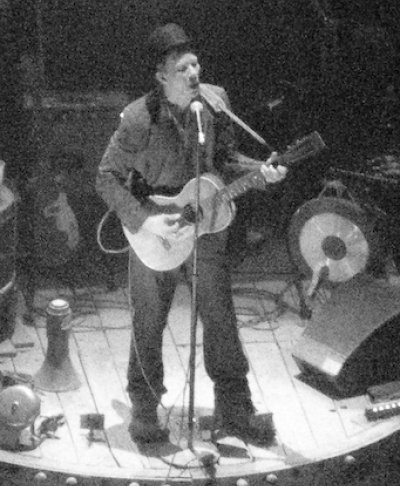.
.
.
.
For over twenty years, publishing quality jazz-themed fiction has been a mission of Jerry Jazz Musician. Hundreds of short stories have appeared on the pages of this website, most all of which can be accessed by clicking here.
A substantial number of novels and stories with jazz music as a component of the story have been published over the years, and the scholar David J. Rife has written short essay/reviews of them, which he has compiled in two valuable resources, Jazz Fiction: A History and Comprehensive Reader’s Guide (2008), and a recently published sequel, Jazz Fiction: Take Two. (Several of the stories published on Jerry Jazz Musician are reviewed).
Rife’s work is impressive and worth sharing with Jerry Jazz Musician readers. With his cooperation, essay/review excerpts from Take Two will be published on a regular basis.
.
In this edition, Rife writes about jazz-inflected speculative fiction (sci-fi, fantasy and horror)
.
.
___
.
.
.
…..Jazz Fiction: Take Two is the sequel to Jazz Fiction: A History and Comprehensive Reader’s Guide (2008). The earlier work filled a pressing need in jazz studies by identifying and discussing 700 works of fiction with a jazz component.
…..This work picks up where that one left off, around the turn of the 21st century, and surveys over 500 works of jazz-inflected fiction that have appeared since. None of these works, to my knowledge, have been discussed in this context.
…..The essay-reviews at the center of the book are designed to give readers a sense of the plots of the works in question and to characterize their debt to jazz. The entries were written with both the general reader and the scholar in mind and are intended to entertain as well as inform. This alone should qualify Jazz Fiction: Take Two as an unusual and useful reference resource.
.
-David J. Rife
.
.
___
.
.
Halloween on Mars? Or, Speculative Jazz Fiction.
.
…..From my early reading in works I had been assured contained powerful jazz content, I assumed that jazz fiction was essentially realistic. Later, I was surprised—and delighted— to discover that it also embodies a significant number of so-called speculative works, like science fiction, fantasy, and horror. If you relish shocks of horror and mystification in your reading of jazz-inflected fiction, you might begin by perusing the works listed below.
.
.
_____
.
.
……..When Constable (and sorcerer’s apprentice) Peter Grant is called to examine a corpse who apparently died of a heart attack during a gig, he hears the melody of “Body and Soul” emanating from the lifeless jazzman’s body, causing Peter to consider the likelihood that the death had a supernatural origin (vestigia). Subsequently other deaths involving jazz musicians occur, one accompanied by vagina dentata! Then in the course of his investigations, Peter discovers that a striking number of suspicious deaths of jazz artists has taken place over the past few years, leading him to theorize the possibility of jazz vampires. Peter’s own father, a well-known trumpeter-turned-key-boardist, becomes implicated as the story crescendos to an unexpected close. This book succeeds in conflating the supernatural and police procedural subgenres, which are tied nicely together through the agency of jazz. The music, its artists, and venues are frequently referred to and occasionally discussed; the epigraph from Dizzy Gillespie and most of the chapter titles (like “Body and Soul” and “It Don’t Mean a Thing”) resonate with jazz (and death); and the effect of the music on its players is well rendered, as in this passage:
.
…..My dad sailed through a two-hour set without faltering once and there was a moment, during the famous solo in ‘Love for Sale,’ when the look on his face was so transcendent that I wondered whether there was a connection between music and magic, that perhaps jazz really was life.
.
.
……Freshly back from his tour of duty in WW2, Bull Ingram is hired by a Memphis DJ to locate the elusive Ramblin’ John Hastur whose dark, mysterious blues plays at unpredictable times and frequencies on the equivalent of today’s dark web. After listening to the DJ’s bootleg recording of Hastur’s singular music, Bull becomes obsessed with tracking down the phantom blues singer. He hears rumors along the way that Rambln’ Jack had trafficked with the Devil for the power to create music that would drive sane men crazy and reanimate the dead. This in exchange for his soul of course. Just as he thinks he’s closing in on his quarry, Bull finds himself in a primordial section of Arkansas where a Gothic mansion reveals to him that there are more horrifying moral transgressions and grotesque realities in the world than he had ever imagined. In addition to the obvious horror/ supernatural dimension, this spooky novel comprises red-neck noir, creation myths, necromancy, and resurrection, especially as it pertains to ancient music intruding itself on the contemporary world.
.
.
……This novella relates a grotesquely ugly jazz man’s all-consuming jealousy and hatred of his bandleader, the charismatic, handsome Lutch. Fluke, the psychopathic narrator, eventually succeeds in killing his nemesis—only to discover that Lutch lives on through the surviving band members who perpetuate him through his music. This is (apparently) an example of the author’s attempt to dramatize his theory of homo gestalt: the belief that four or more persons with paranormal abilities (the band in this case) can symbiotically produce a new form of life. The story is drenched in jazz, from references to such musician-leaders as Dizzy Gillespie and Stan Kenton, to descriptions of the band in performance, to casual “insider” information about the mechanics of making music. The language itself is unmistakably “jazzy,” as this passage demonstrates:.
…..Whistling it, I can hear the whole band—the brass background: ‘Hoo Ha Hoo Ha’ (how he used to stage that on the stand, the skunk—Lutch, I mean, with the sliphorns and trumpets turning in their chairs, blowing the ‘hoo’ to the right with cap-mutes, swinging around, blowing the ‘ha’ at the left, open) and then Lutch’s clarinet a third above Skid Portly’s gimmicked-up guitar: ‘Daboo, dabay, dabay daboo. . .’ You know, spotlights on Lutch, a bright overflow of light on Skid and his guitar, light bronzing and scything from the swinging bells of the trombones here and the trumpets over there.
.
…..A very strange story (as it’s intended to be) with powerful jazz content.
.
.
……British blues buff “Hobo John” has entered the realm of his cherished music: He’s lost his beloved wife to a tragic accident and he’s been diagnosed with incurable cancer and given six months to live. So he determines to follow his dream of going to the Mississippi Delta, immersing himself in booze and blues and retracing the footsteps of the legendary bluesmen of the 1930s, like Willie Brown, Robert Johnson, Son House, and—especially—Charley Patton. When he sets out to explore the contemporary blues scene in Clarksdale, he’s disappointed to learn that the Delta blues on offer these days is aimed at a white audience and “ain’t the real blues.” Enter the Fat Man, the devil incarnate, who offers Hobo John a deal he can’t resist: Fat Man will send Hobo back to the ‘30s to record and film the trailblazers of the music. What follows when Hobo is transported to the land of his dreams is a long picaresque string of vignettes focusing with exemplary particularity on the “musicianers” of the era. These scenes involve colorful characters who speak in several varieties of Black southern vernacular; their musical performances are described in vibrant detail. Race is a central issue and so are its inevitable correlatives, violence and the KKK. It’s probably redundant to mention that the novel contains abundant references to crossroads and devilish pacts. The story ends with a most satisfactory plot twist that allows Hobo John to extricate himself from his pact with the Fat Man while simultaneously honoring—and rewarding—the memory of the bluesmen who were cheated and abused during their lifetimes.…..If you have politically correct sensibilities or recoil at ultraviolence, then you should probably steer clear of this book. But if you’re a blues fan looking for a rumbustious good read about the music, you’d do well to obtain a copy ASAP. One final curiosity: this is a genre-busting book: it’s a deeply researched historical fiction with a time-travel component.
.
.
…..Just as he and his popular band start to stale and lose their audience, famous bandleader Eddie Bloch overhears a ceremonial voodoo chant (the story is set, atmospherically, in New Orleans) and turns it into a showstopping success, thus desecrating the religion it’s stolen from and causing Bloch to be cursed by Papa Benjamin, the local voudun priest. Bloch then begins to deteriorate (psychologically and physically) to the point that he craves the release of death. Deftly combining elements of pulpnoir and voodoo fiction, this novella was adapted by radio and TV under the title of “Papa Benjamin.” Both adaptations are excellent, and the TV production, starring John Ireland, is (as of this writing) available on YouTube..
.
_____
.
.
Click here to read previous editions of excerpts from David J. Rife’s Jazz Fiction: Take Two
.
Click here to read “My Vertical Landscape,” Felicia A. Rivers’ winning story in the 69th Jerry Jazz Musician Short Fiction Contest
Click here to read more short fiction published on Jerry Jazz Musician
Click here to read The Sunday Poem
Click here for information about how to submit your poetry or short fiction
Click here to subscribe to the Jerry Jazz Musician quarterly newsletter (it’s free)
.
Click here to help support the continuing publication of Jerry Jazz Musician, and to keep it ad and commercial-free (thank you!)
.
.
___
.
.
Jerry Jazz Musician…human produced (and AI-free) since 1999
.
.
.
.








